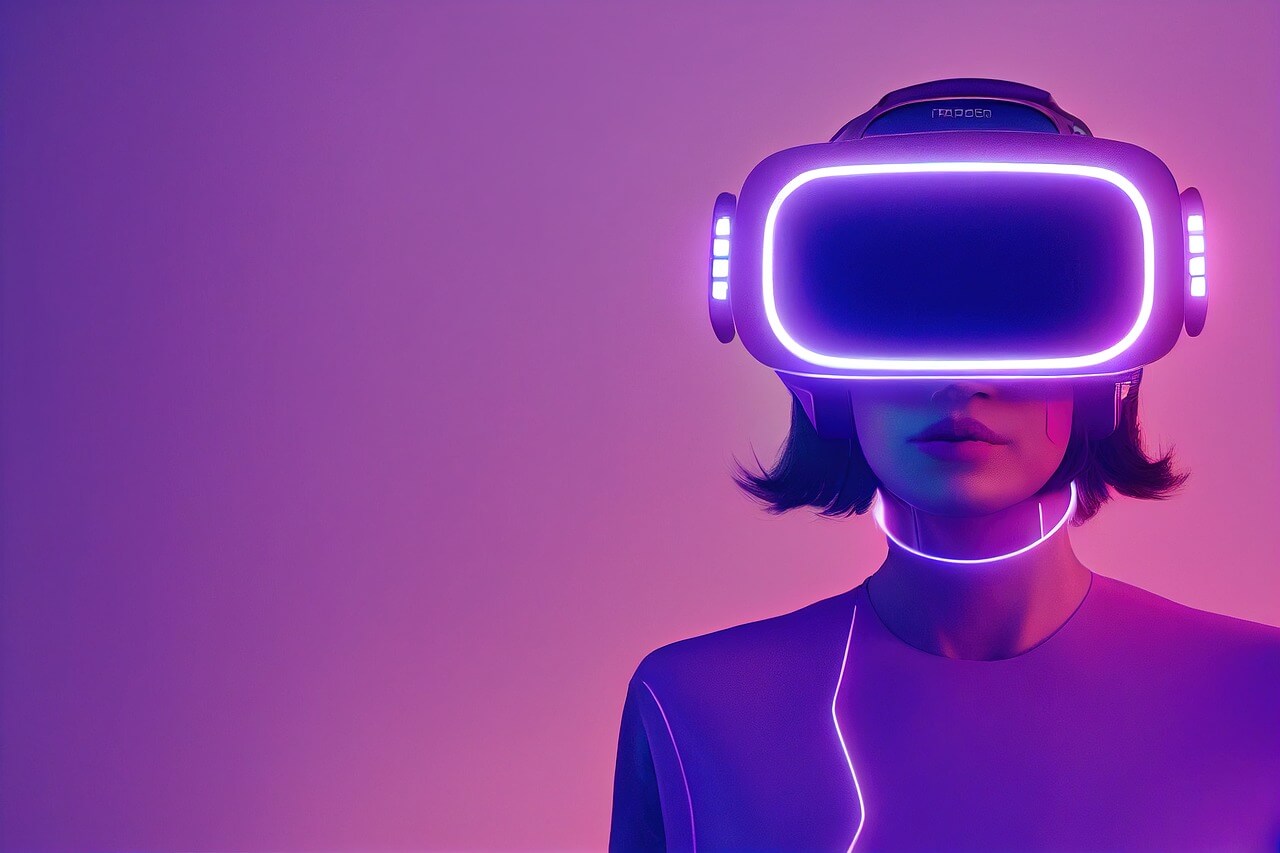Introduction to Web3 Concepts: The New World of Metaverse and NFTS

“We are called upon to do something new, to confront a no man’s land, to push into a forest where there are no well-worn paths and from which no one has returned to guide us. This is what the existentialists call the anxiety of nothingness. To live into the future means to leap into the unknown, and this requires a degree of courage for which there is no immediate precedent and which few people realize.” – From psychiatrist and painter Rollo May’s book, “The Courage to Create.”
Nowadays, many organizations are navigating the unknown territory of Web3 in the rush to build decentralized editions of their products by using blockchain-powered dApps, smart contracts, NFTs, the metaverse, DeFi, and cryptocurrencies. As they explore this new territory, they realize that rather than involving just expensive Jpegs or shared public ledgers, Web3 is a technological and cultural revolution that disrupts: ·
Business Models:
Centralized Web2 business models that serve users in exchange for data and exposure to advertisements are challenged by new decentralized models of the creator economy in which users can create, own, transfer, and monetize digital assets by using Web3 technologies. Users can secure their digital property rights and have full control over their creations on the blockchain.
User Experience:
The metaverse in which people can work, shop, access trainings, organize events, and play games with their avatars in 3D virtual space is promising a more immersive and interactive experience as compared to 2D web pages. In addition to the functional context it provides, the metaverse is a great “third place” that fosters creative interaction. First defined byRay Oldenburg in 1989, “third place” is a concept that refers to spaces alternative to home and office where people can meet, make new acquaintances, and socialize.
Organization and Governance Models:
A new type of organization called DAO (decentralized autonomous organizations) is becoming the de facto standard of Web3initiatives. DAOs are community-owned, decentralized, and self-governing organizations with no central leadership or authority. People can join a DAO by purchasing its local tokens. In these organizations, community is at the core of everything. Community members own the organization and perform all governance and operational functions. Community members use governance tokens to vote on decisions to be made. Governance is based on a set of business rules for smart contracts, which are coded on the blockchain. Self-executed smart contracts minimize the bureaucracy for all DAO stakeholders. DAOs have treasuries to fund projects, and project funds are allocated via proposals made and approved by community members. DAOs are transparent organizations because the code of smart contracts and all financial transactions on the blockchain are open.
Finance:
In addition to using traditional fundraising and equity methods, organizations have begun to fund new business initiatives and projects by issuing tokens and NFTs. Users now benefit from DeFi (decentralized finance) applications with which they can lend, borrow, and invest by using smart contracts on the blockchain, without the need for a central authority. In the new financial ecosystem, digital assets are being used as collateral to purchase assets both in virtual space and in real life. Asits scaling issues (such as high gas fees and latencies) are solved, De-Fi is expected to become the norm rather than an alternative to conventional financial instruments. ·
Generational Behavior Shifts:
Compared to average internet users, the new crypto-native generation exhibits very different behavioral patterns. They:
· spend more time on gaming than on social media;
· socialize in digital space as much as in physical space;
· do not distinguish between physical and digital identities;
· do not consider the ownership of physical goods as a status symbol; · are very open to share and participate;
· are willing to contribute to communities in which they can learn, grow, have fun, work, create, and own;
· value belonging to a subculture more than brand enthusiasm; · expect a sincere tone rather than a corporate tone;
· consider everything an experience.
As a result of this transformation, Web1 and Web2 concepts are being replaced by their newer Web3 versions like fiat money >> tokens, loyalty programs >> token gated programs, login >> connect wallet, saving >> staking and much more.
Famous fashion designer Coco Chanel once said, “Fashion fades, only style remains the same.” Time will tell whether these new concepts will be permanent or whether they are the temporary reflections of a technology bubble.
The catalysts of Web3 adoption are:
· investments and developments in VR (virtual reality), AR (augmented reality), and AI(artificial intelligence); and
· the digital-native young generation that becomes the main actor of the world economy.
“There are two ways to be fooled. One is to believe what isn’t true; the other is to refuse to believe what is true.” -Existentialist philosopher Soren Kierkegaard “
Human history is not a story of necessity, it is a story of contingencies. It is not the story of successive developments in a straight line towards transforming energy, matter, and information into cultural products, but of missed opportunities while embarking on completely different development paths.” – From Manuel De Landa’s book,“Non-Linear History”
Nowadays, companies that believe in the future of Web3 don’t want to miss out on the unlimited opportunities it brings. They put great effort into creating innovative use cases by using blockchain-powered technologies such as NFTs, the metaverse, and smart contracts.